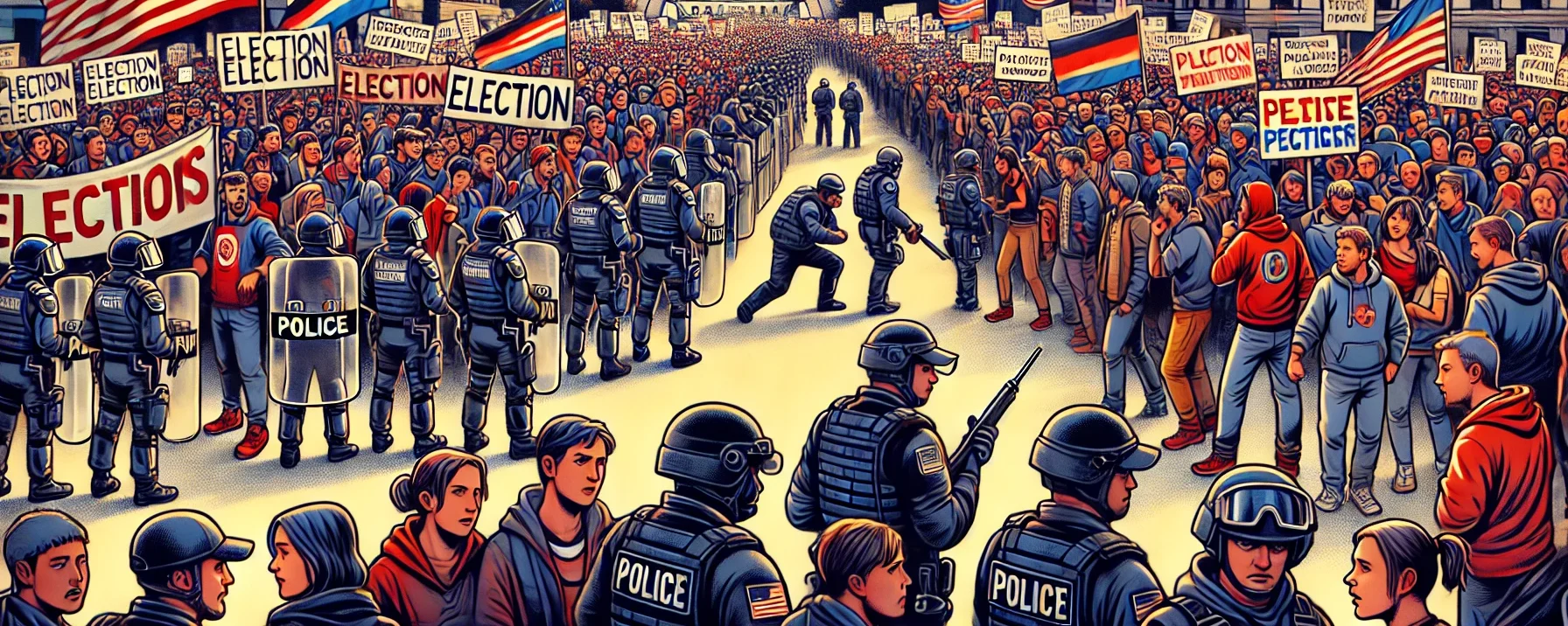PM Anthony Albanese announces plans to ban social media for children under 16 by the end of 2024, aiming to protect young users from the negative impacts of social media.
The Rationale Behind the Ban
The scientific consensus on the negative impact of social media on children has been steadily building in recent years. Research highlights the physical, psychological, and cognitive toll social media can take on young minds. From compromised physical activity to stunted psychosocial development, the price of unrestricted access to these platforms is steep. The consequences are not just theoretical—they are well-documented:
- Mental Health Issues: Depression, anxiety, and other behavioral disorders linked to social media use.
- Academic Impact: Cognitive impairment and academic underperformance.
- Social Development: Reduced social skills and increased isolation as young people spend more time online.
- Privacy issues: Minors are often unaware of the full extent to which their data can be collected and exploited on social media platforms.
- Exposure to Inappropriate Content: Social media can expose children to violent, explicit, or otherwise harmful content that is not age-appropriate.
Australia’s proposed ban reflects the growing recognition that these concerns can no longer be merely debated —they require concrete action. Alongside similar initiatives in Spain and France, Australia’s move represents a global shift toward protecting vulnerable users, especially children, from the detrimental effects of the digital world.
Social Media Addiction in Indian Youth:
- Prevalence of Addiction: 27% of Indian teenagers exhibit signs of social media addiction, leading to issues such as poor concentration, academic underperformance, and mental health disorders (NIMHANS report).
- Sleep Disorders: Over 40% of students report poor sleep due to late-night social media use.
- Impact on Self-Esteem: Constant comparison to influencers and peers on social media leads to feelings of inadequacy (65% of teens report this issue, according to ICSSR 2022).
Challenges in Implementing the Ban
Despite the intent behind this policy, there are challenges that come with its implementation.
- One of the biggest hurdles is the issue of age verification. Experts have pointed out that current age-checking systems are often bypassed, allowing young users to evade restrictions. While Australia’s proposal includes penalties for tech giants that fail to enforce the ban effectively, the success of such measures remains to be seen.
- Another challenge is the impact on freedom of expression, a blanket ban on social media usage raises concerns about individual rights, particularly the freedom of expression. For younger individuals, it may limit their ability to express themselves, engage in activism, or access information freely.
Furthermore, the law will feature exemptions for certain types of content, such as educational material on platforms like YouTube. This nuanced approach acknowledges that access to information is crucial for young people as they learn and grow, and it’s important not to stifle educational opportunities.
Global Perspective: Comparing Australia’s Approach
Australia’s stance contrasts with China’s much more restrictive approach to regulating children’s internet use. In China, minors face night curfews and strict time limits on their social media usage. While Australia’s plan is more moderate, it still signals a serious shift toward regulation aimed at protecting minors.
What India Can Learn from Australia’s Approach
As India continues to navigate its own challenges in regulating the digital world, the developments in Australia offer valuable insights. India’s context is unique, with technology playing a dual role as both an equalizer and a vulnerability for underprivileged children, especially those struggling with addiction to digital platforms and games. The Australian model, which emphasizes platform accountability, could be a useful reference for India.
However, India must tailor its regulations to suit its specific needs. Social media in India often serves as a gateway to essential services, support systems, and information for people of all ages. Any regulatory framework in India must strike a balance between protecting children and ensuring access to crucial digital resources.
Some Preventive and Supportive Strategies:
- Open Communication: Parents and educators should engage in open discussions about the psychological impacts of social media, including cyberbullying, misinformation, and online comparisons.
- School Initiatives: Schools can include media literacy and mental health awareness in their curriculum. A 2023 study showed 78% of students trained in these areas used social media responsibly.
- Peer Counseling: Support networks in schools, like peer counseling groups, can help reduce anxiety. In Maharashtra, students in social media support groups experienced a 25% reduction in anxiety.
- Parental Role: Teens who talk about their social media experiences with parents are 35% less likely to experience cyberbullying.
Moving Beyond the Debate: The Need for Practical Solutions
The focus should be on how to protect children while ensuring they retain access to necessary digital resources. India, in particular, must be mindful of the diverse ways in which the internet serves as an indispensable tool for education, communication, and access to services. The goal should be to create a digital environment that is safe, supportive, and empowering, rather than one that isolates or limits the opportunities of young people.



